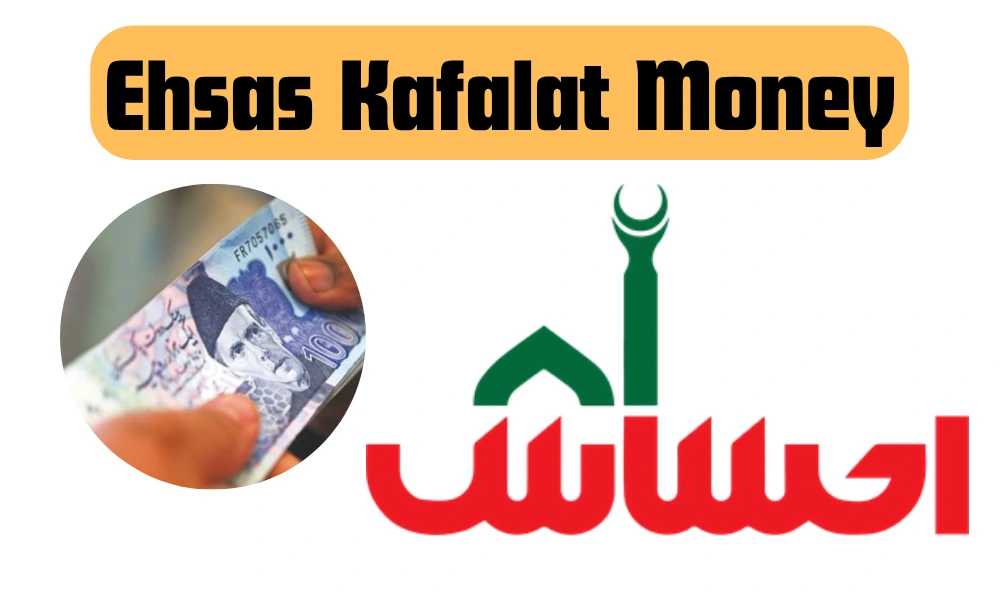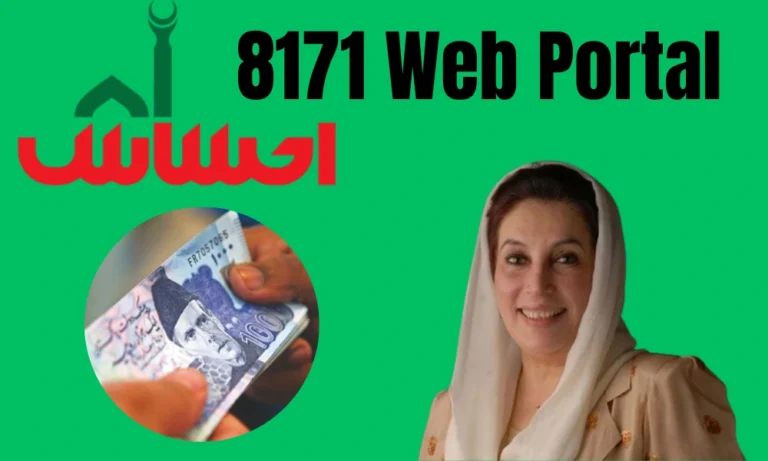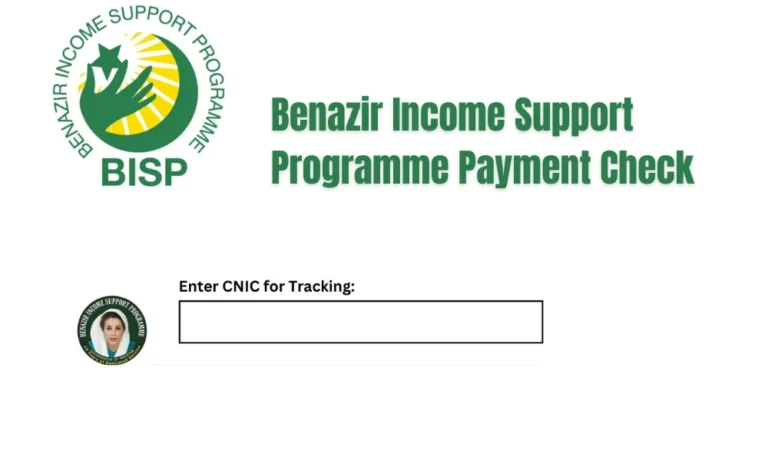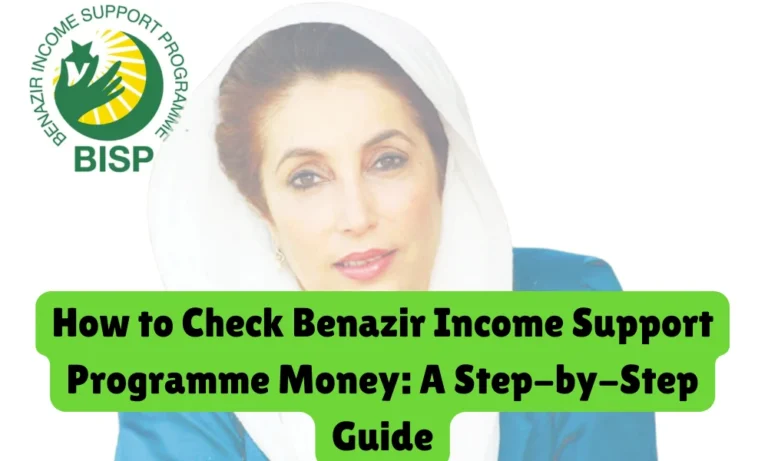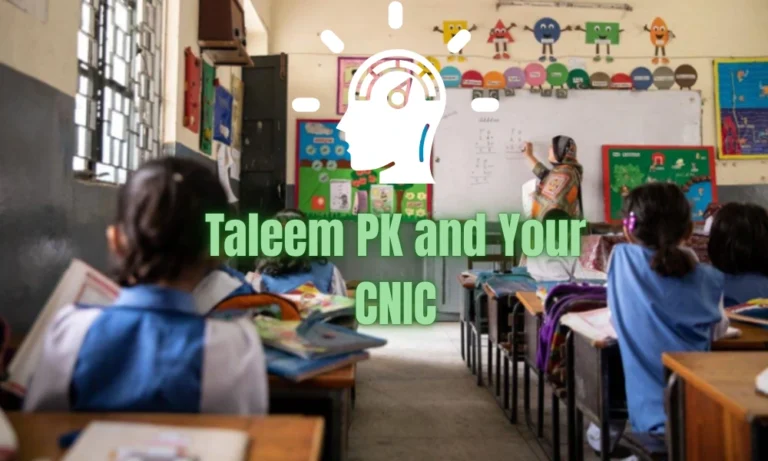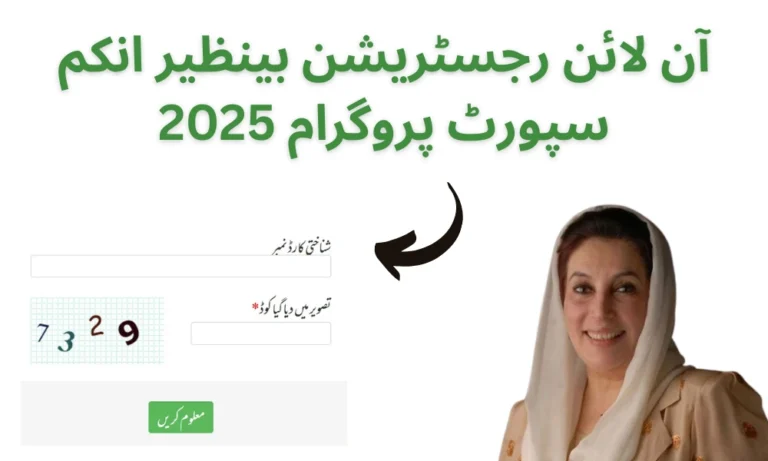In a nation striving to uplift its most vulnerable citizens, the Ehsas Kafalat Program stands as a monumental pillar of social protection. Launched by the Government of Pakistan under the broader Ehsaas initiative, this transformative program directly addresses the crippling cycle of poverty by providing unconditional cash transfers to the country’s poorest women.
For Taleemi Wazai
For families struggling to afford basic necessities like food, shelter, and healthcare, the Ehsas Kafalat Program isn’t just financial aid; it’s a lifeline restoring dignity and enabling hope. At TaleemiWazaif.pk, we’re dedicated to guiding Pakistanis through vital welfare schemes, and understanding this flagship program is crucial for millions seeking support.
Understanding the Vision: The Genesis of Ehsas Kafalat
The Ehsas Kafalat Program emerged from a profound recognition of poverty’s gendered impact. Women, particularly in low-income households, often bear the brunt of economic hardship, facing limited opportunities and decision-making power.
This program, a cornerstone of the Ehsaas strategy, specifically targets financially marginalized women, empowering them as primary recipients. The core vision is multifaceted:
- Poverty Alleviation: Providing direct, predictable cash support to meet essential needs.
- Women’s Empowerment: Placing financial resources directly in women’s hands, enhancing their status within households and communities.
- Financial Inclusion: Integrating beneficiaries into the formal banking system through specialized bank accounts and digital payments.
- Human Capital Development: By easing immediate financial pressures, the program indirectly supports investments in children’s health and education.
The Ehsas Kafalat Program represents a significant shift towards a more dignified, efficient, and transparent social safety net system in Pakistan.
Who Qualifies? Decoding Ehsas Kafalat Eligibility
The Ehsas Kafalat Program uses a sophisticated, data-driven approach to identify beneficiaries fairly and transparently. Eligibility hinges on the National Socio-Economic Registry (NSER) survey, a comprehensive database assessing household poverty levels based on multiple indicators. Key eligibility criteria include:
- Poverty Score: Households scoring below the designated poverty threshold in the NSER survey.
- Female Beneficiary: The primary recipient must be a woman (usually the head of the household or a designated adult female member).
- Residency: Pakistani citizenship and residency.
- Exclusion Criteria: Government employees, taxpayers, vehicle owners (beyond a certain threshold), property owners (above a specific limit), or individuals with significant foreign travel history are typically excluded.
The integrity of the Ehsas Kafalat Program relies heavily on the accuracy and fairness of the NSER survey. If your household hasn’t been surveyed or circumstances have drastically worsened (e.g., death of a breadwinner, catastrophic illness), dedicated Ehsaas Registration Desks are available nationwide for potential inclusion or grievance redressal.
Navigating the Process: Registration and Receiving Funds
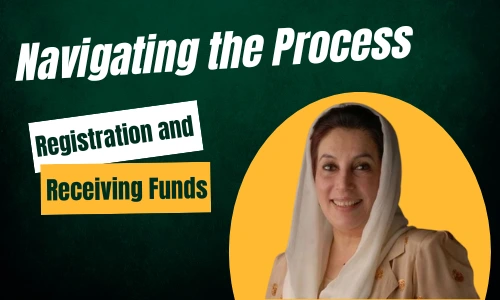
Gone are the days of complex, opaque application procedures. The Ehsas Kafalat Program leverages technology for accessibility:
- NSER Survey: The foundational step is inclusion in the National Socio-Economic Registry. If your household hasn’t been surveyed, visit the nearest Ehsaas Registration Center or Kiosk with your original CNIC and necessary household information.
- Eligibility Verification: Once surveyed, your data is assessed against program criteria. You can check your eligibility status:
- SMS: Send your 13-digit CNIC number to 8171.
- Ehsaas 8171 Web Portal: Visit the official portal and enter your CNIC details.
- Ehsaas App: Download the official app for convenient checking.
- Biometric Verification: If eligible, you’ll receive an SMS notification instructing you to visit a designated Ehsas Kafalat Program payment point (often a HBL Konnect or Alfalah ATM/agent location).
- Receiving Funds: At the payment point, undergo biometric verification using your CNIC. Upon successful verification, you’ll receive your quarterly stipend (currently PKR 14,000) in cash. Beneficiaries also receive a specialized bank account (Ehsaas Debit Card) for secure, future transactions directly into their account.
This streamlined process minimizes bureaucracy and maximizes transparency within the Ehsas Kafalat Program.
The Transformative Impact: Beyond Cash Transfers
The ripple effects of the Ehsas Kafalat Program extend far beyond immediate cash relief. Studies and beneficiary testimonials highlight profound impacts:
- Improved Household Nutrition: Women prioritize spending on essential food items, combating malnutrition, especially among children.
- Enhanced Access to Healthcare: Funds enable families to afford necessary medical treatments and medicines previously out of reach.
- Support for Children’s Education: With basic needs met, families are better positioned to invest in school fees, uniforms, and supplies, reducing dropout rates.
- Women’s Agency & Decision-Making: Controlling the funds boosts women’s confidence, voice in household decisions, and social standing. This empowerment is a core achievement of the Ehsas Kafalat Program.
- Local Economic Stimulus: Cash infusions into low-income communities stimulate local markets and small businesses.
- Resilience Against Shocks: The predictable support provides a buffer against unexpected crises like illness or natural disasters.
The Ehsas Kafalat Program is demonstrably shifting the trajectory for millions of Pakistani families, breaking the intergenerational cycle of poverty.
Addressing Challenges and Ensuring Transparency
No large-scale program is without hurdles. The Ehsas Kafalat Program has faced challenges, including:
- NSER Coverage and Accuracy: Ensuring every deserving household is surveyed correctly remains an ongoing effort.
- Biometric Verification Issues: Connectivity problems or fingerprint recognition difficulties can sometimes delay payments.
- Awareness and Accessibility: Reaching the most remote populations and ensuring all eligible women know about the program requires continuous outreach.
- Fraud Prevention: Robust systems are needed to prevent identity theft or duplicate payments.
The program management actively addresses these issues through:
- Expanding Registration Desks: Increasing physical access points across Pakistan.
- Helpline (0800-26477): Providing direct assistance and grievance resolution.
- Tech Upgrades: Continuously improving the biometric and payment infrastructure.
- Third-Party Audits: Ensuring accountability and transparency in beneficiary selection and fund distribution.
- Awareness Campaigns: Utilizing media, SMS, and community outreach to inform the public.
The commitment to refining the Ehsas Kafalat Program is evident in its evolving processes.
Ehsas Kafalat: The Heart of a Broader Ecosystem
It’s vital to recognize that the Ehsas Kafalat Program isn’t isolated. It’s the flagship component within the wider Ehsaas framework, synergizing with other crucial initiatives:
- Ehsaas Emergency Cash: Provided critical support during crises like COVID-19, often leveraging the Kafalat beneficiary database.
- Ehsaas Amdan (Income): Focuses on livelihood generation and asset provision.
- Ehsaas Nashonuma: Addresses stunting and malnutrition in children and pregnant women.
- Ehsaas Education Stipends (Taleemi Wazaif): Provides conditional cash transfers to encourage school enrolment and retention, particularly for girls. (Relevant link for your audience)
- Ehsaas Interest-Free Loans: Supports small entrepreneurs.
This integrated approach ensures that the Ehsas Kafalat Program acts as a stabilizing foundation, while other Ehsaas initiatives offer pathways towards sustainable income generation and human development.
Looking Ahead: The Future of Ehsas Kafalat
The Ehsas Kafalat Program continues to evolve. Key priorities include:
- Further Scaling: Aiming to reach an even larger segment of the eligible population.
- Digital Payments Expansion: Increasing the use of direct bank transfers (via the Ehsaas Debit Card) for enhanced security and convenience.
- Dynamic NSER Updates: Implementing mechanisms for more regular updates to the poverty database to reflect changing circumstances.
- Enhanced Linkages: Strengthening connections to complementary services like health insurance (Sehat Sahulat) and vocational training.
The ultimate goal remains steadfast: creating a robust, efficient, and humane social safety net where the Ehsas Kafalat Program plays a central role in ensuring no Pakistani is left behind.
Claiming Your Support: A Call to Action
If you or someone you know belongs to a low-income household, especially one headed by a woman, the Ehsas Kafalat Program could be transformative. Here’s what to do:
- Check Eligibility: Immediately send your CNIC number via SMS to 8171 or use the online portal/app.
- Register if Needed: If not surveyed or status is unclear, visit the nearest Ehsaas Registration Desk.
- Spread Awareness: Inform neighbors and community members in need about the Ehsas Kafalat Program and how to check eligibility.
- Report Issues: Use the official helpline (0800-26477) for any problems with registration, verification, or payments.
The Ehsas Kafalat Program embodies a national commitment to compassion and equity. By empowering women at the grassroots level with financial security, it fosters stronger families, more resilient communities, and paves the way for a more prosperous Pakistan.
Stay informed about this vital program and other educational stipends by visiting TaleemiWazaif.pk regularly – your trusted resource for navigating Pakistan’s welfare landscape and securing a brighter future. Remember, the Ehsas Kafalat Program is more than just cash; it’s an investment in dignity, opportunity, and the collective well-being of the nation.

